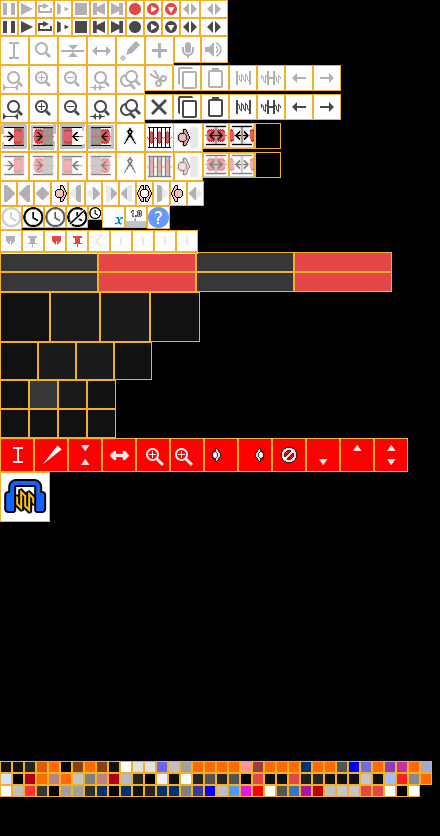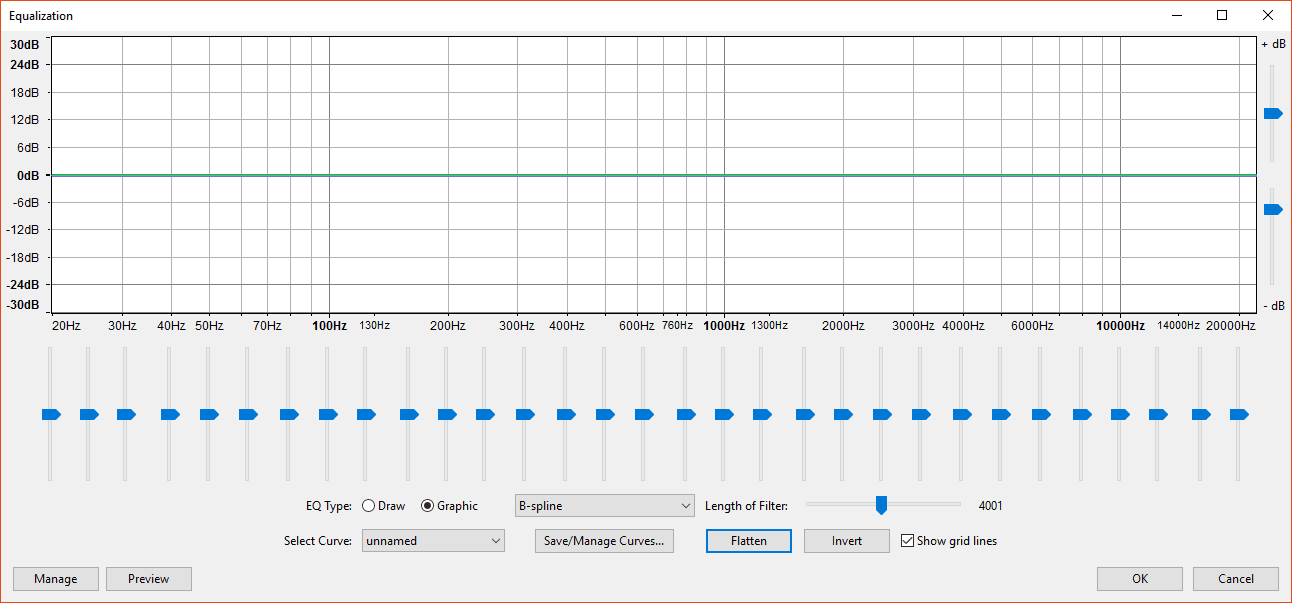

You'd have to undo the compression first. It has cross-browser compatibility and also supports several libraries and plugins for increased functionality.
#Adobe audition vs audacity software
Audacity is free software that allows the users to edit and record audio clips for free. But you couldn't, for instance, add a reverb, then add compression, then go back and change the reverb. Read this review covering Audacity vs FL Studio rivalry and choose the best audio editor for your needs. The only non-destructive way you can test out different FX chains is by applying them one at a time, and then hitting "Undo" over and over to get back to an earlier state.

Inability to Chain VST FX - You have to apply one, then apply the next, then the next, in a destructive mode.You have to open the VST effect and turn on the "Preview" mode which starts the audio from the very beginning, without being able to seek. Audacity is simpler to use and it is a favorite of sound hobbyists and Podcasters because of the easy-to-use interface and the fact that it is free, open-source software. Inability to Listen to VST FX in Realtime - Technically you can listen in realtime, but only from the beginning of the waveform, rather and it is not easy. Audition is very powerful and can be used to repair sound or score feature films with its libraries of thousands of sound effects.It also takes a long time to save large files, every time. Performance - Sound Forge takes a long time to open large files the first time they are opened, as it draws the waveform.Batch Processing - While I like a lot of things about the batch audio processing in Sound Forge, the inability to hear the effects chain is limiting.Adobe Audition makes a powerful case in terms of intuitive function and flexibility. Both have their appeals and drawbacks, so it is a matter of personal preference. Security Orchestration, Automation and Response (SOAR) At the end of the day, it boils down to which platform provides the audio edit capabilities needed for your podcast.



 0 kommentar(er)
0 kommentar(er)
